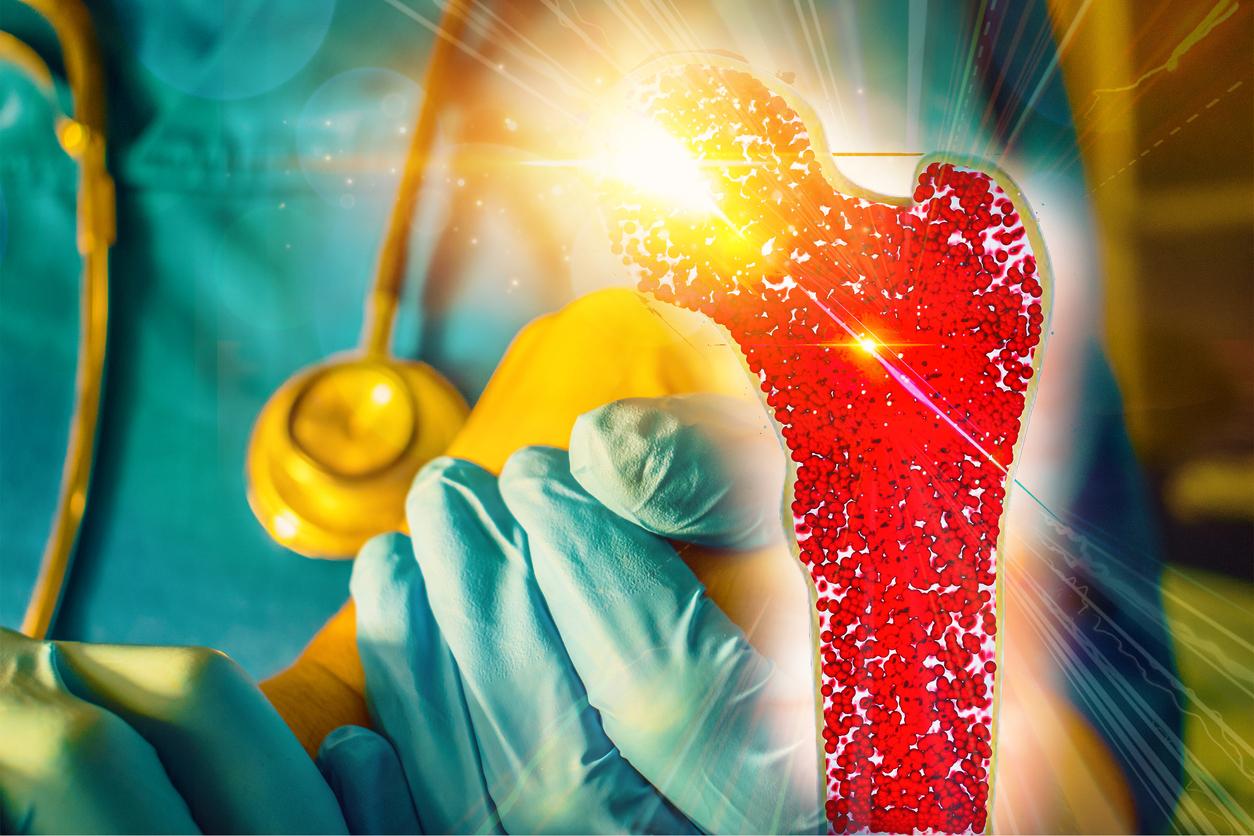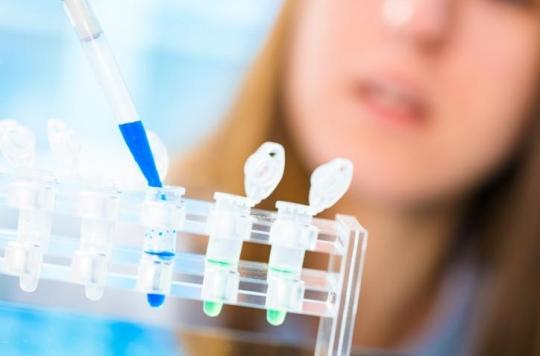Benign monoclonal gammopathies, which are abnormal levels of immunoglobulins in the blood, can quietly lead to other diseases for up to 30 years after their discovery.

Monoclonal gammopathies of undetermined significance (GMSI or MGUS) are a mild form of abnormality in the level of a protein in the blood, an immunoglobulin. This anomaly designates an anomaly in the production of antibodies, blood proteins that play a role in the immune defense system, whether qualitative or quantitative.
This condition is generally benign, but it can progress to cancer of the blood, with complications (hemorrhage, anemia). A new study, published in the New England Journal of Medicine, shows that depending on its type, the risks of transformation into blood cancer are very different depending on the type of immunoglobulin and the combination of associated risk factors.
The anomaly progressively progresses to the disease
Researchers followed 1,384 people with monoclonal gammopathy of undetermined significance diagnosed between the 1960s and 1994, and residing in the state of Minnesota, United States. The follow-up of these people was spread over a period of 34 years on average.
Researchers have particularly focused on the transformation of monoclonal gammopathy into blood cancer (hemopathy): multiple myeloma or a disorder of plasmoid or lymphoid cells.
Presence of risk factors
The risk of transforming a monoclonal gammopathy into blood cancer is 10% at 10 years, 18% at 20 years, 28% at 30 years, 36% at 35 years and 36% at 40 years. But depending on the type of monoclonal gammopathy, the risk is not the same. The risk is higher if it is an immunoglobulin of type IgM than if it is not an IgM (IgG or IgA) and the risk is modulated according to the existence of risk factors (ratio of light chains in the blood and immunoglobulin levels)
In the end, life expectancy is reduced in the case of monoclonal gammopathy of undetermined significance compared to the normal population (8.1 versus 12.4 years on average) but the risk of transformation into cancer at 20 years is very different in depending on the type of monoclonal gammopathy from 7% in case of non-IgM gammopathy without risk factor to 55% in case of IgM gammopathy with 2 risk factors.

.













-1575461934.jpg)



